- Home
- Sailing Authors & Their Writings
- Dr Michael Cohen
- Senior Sailor
A Senior Sailor Situation
By Michael Martin Cohen M.D.
Yes, Shakespeare described the stages fairly and accurately. We men are somewhere on that spectrum. And remember this was the end of the 16th century, so although the Bard described some awesome women characters, it was basically a man's world.
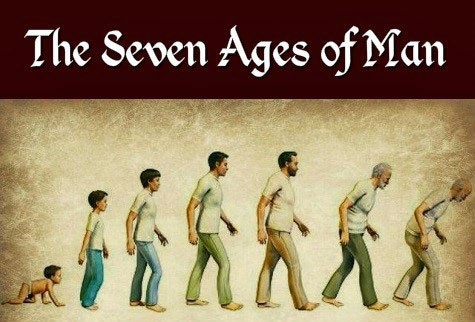 Figure 1: A depiction of the seven stages (or ages) that men and women traverse in their lifetime, from Shakespeare's Comedy 'As You Like It'.
Figure 1: A depiction of the seven stages (or ages) that men and women traverse in their lifetime, from Shakespeare's Comedy 'As You Like It'.For a more relatable take on the Seven Ages of Man consider the Disney characters:
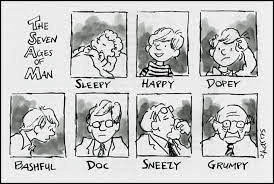 Figure 2:The seven stages as represented by Disney's seven dwarfs.
Figure 2:The seven stages as represented by Disney's seven dwarfs.There are plenty of websites and newsletters chock-full of exercise tips for sailors. The trouble is, they are mainly geared to the young or early middle-aged set, think 20-45; basically, the two gentlemen in the middle.
Recommendations include:
- Planks
- Side Planks
- Burpees
- Pushups
- Superman flutter
- Squats to Overhead Rise
- Lunges
- Crunches and Sit ups (no sit ups over age 40, please, only crunches)
But what about us grisly old cruising types? Are we just supposed to put up with the inevitable decline because we can't do 10 burpees in a row, or hold a plank for more than a few seconds? No way: if we want to stay at the helm, we've got to fight back!
For those of you who have been reading 'Healthy Boating and Sailing' and the accompanying blogs on the website, it should be clear that 'Exercise is Medicine'. In fact it is the registered trademark ® of the American College of Sports Medicine.

And if you've been paying attention - and I would refer you to the articles on 'Balance' and 'Sailor, Get Off Your Kiester' - you are aware that there are now 4 parts to any good workout: strength training, aerobics, balance, and flexibility (stretching).
Anyone who is able enough to go to sea should be doing some combination - age and fitness appropriate, of course - of these 4 categories of exercise. But in addition, as part of your workout you need to address your inevitable age-related issues, as those are the ones that will shorten your sailing career.
And strength, for example, is becoming less of an issue as electronics are taking over many of the most demanding physical tasks - when is the last time you manually retrieved an anchor?
So, what's special about us "mature" types? Well, as we mature, in addition to our unique and personal hip and knee problems, we all have degeneration of our neck and low back. Usually described as "wear and tear" degeneration of the cervical (neck) and lumbosacral (low back) spine, it varies from mild to moderate to severe.
The degeneration is usually the result of a combination of arthritis of the joints of the spine and degeneration of the discs of the spine. Often, they occur together.1
As a neurologist, I have been looking at x-rays, CT scans, and MRIs of the cervical and lumbosacral spine my entire career. I can state with certainty that if you have been leading an active life and you are over the age of 40, you have some combination of cervical or lumbosacral degeneration. And clinically, you have some neck and / or back pain.
In addition, if the discs or arthritic bone spurs are pressing on the nerve roots you may have weakness, numbness, or pain into an arm or leg (known as radiculopathy).
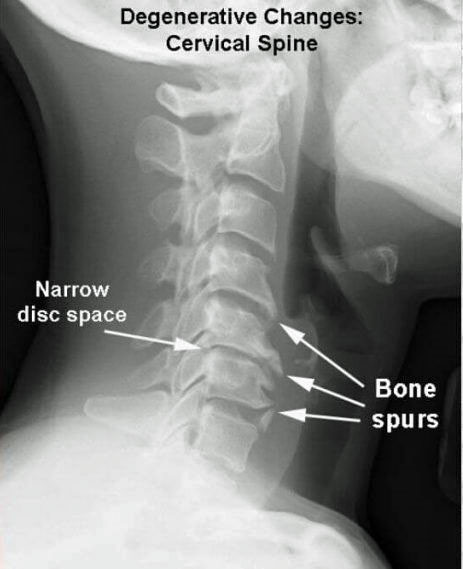 Figure 3: Degenerative changes in the cervical spine.
Figure 3: Degenerative changes in the cervical spine.The same kind of degeneration of the bones and discs is occurring in the low back. And look what happens from a Darwinian perspective as we age (this is the last seven ages of man, I promise): we spend more time sitting in a state of flexion - sitting, hunched forward at the hips and pelvis and with our neck bent forward - as we work on our keyboard or tablet.
 Figure 4: A Darwinian approach to the seven ages of man
Figure 4: A Darwinian approach to the seven ages of manIn fact, there is a tendency due to several factors for us to end up, if we live long enough, in a semi-fetal position, similar to the way we started out in the womb. We accentuate that tendency by two things that we do:
- We spend too much time hunched over our computers further weakening the muscles in the back of the neck and the low back.
- We exercise predominantly the front "core" muscles. The core muscles include the abdominal muscles (our "six pack" which we've been working on to some degree since doing sit ups in grade school) but also include the back muscles, which tend to be overlooked. Why overlooked? Well because unlike the front they do not change our physical appearance. When was the last time you overheard someone compliment a man or woman about their great back muscles? Never. But the abdominal muscles, oh yeah.
 Figure 5: '6 pack' by the water
Figure 5: '6 pack' by the waterIt turns out that as we age, the muscles which keep our neck and low back in extension, that is back, - are critical but do not make it onto a list of elements of a typical work out. We need to change that.
Spinal Architecture
There is one other concept that we need to discuss and that is stress (or load) and how to "off load" it. I am not talking about psychological stress but rather the "load" which our activities place on our neck and back.
Architects when designing a building purposefully incorporate beams and braces to distribute the load throughout the building. In the same way, a properly functioning neck and low back will distribute the load partially to the spine (including the discs and ligaments) and partially to the supporting muscles in our neck and back. That is, assuming you have been working those muscles.
Right now, if you have not been working on your neck and low back muscles, the bones of your spine have been carrying all the load and all the stress of day-to-day movements. And if you are a cruising sailor then you are spending a great deal of time sitting and looking around, often looking up to check the sails and the weather.
 Figure 6: Sailor, sitting and looking up.
Figure 6: Sailor, sitting and looking up.What you need to do is off-load some of the physical load from the spine -both neck and back - to the muscles of the neck and low back. You do that by strengthening them. Let them do some of the work instead of standing around, getting old.
The Low Back
Let's look at the low back first. In the illustration below you can see how much more attention is being paid to the front than the back.
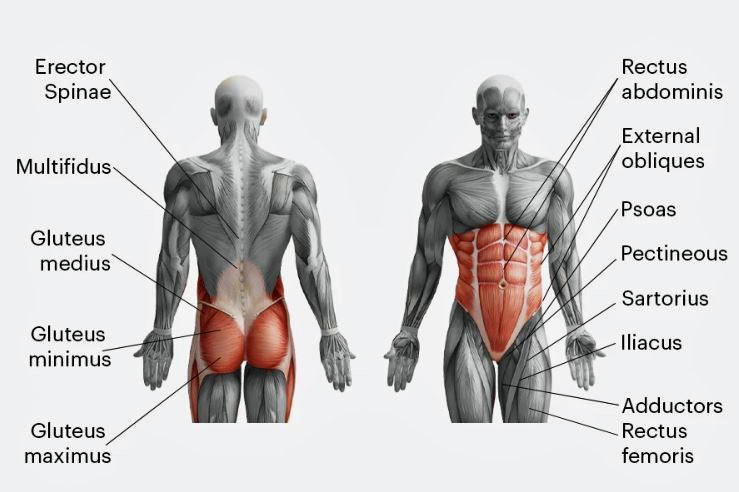 Figure 7:Core muscles
Figure 7:Core musclesBut there is a lot more going on deeper down below the surface. Not as sexy as the "6-pack" above.
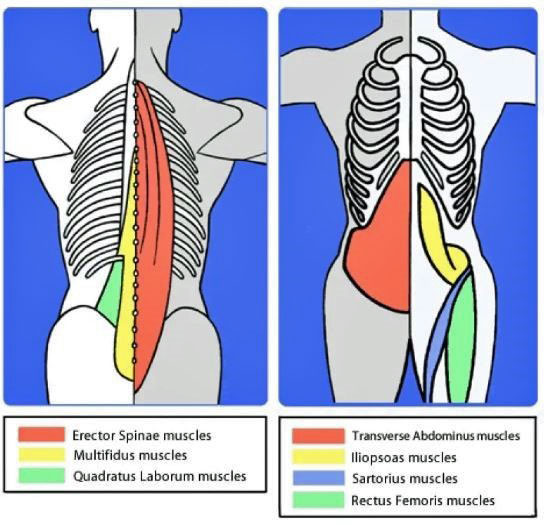 Figure 8:Deep "core" muscles of the low back
Figure 8:Deep "core" muscles of the low backThe low back muscles get basically no respect at all. We sit all day often hunched over our desk and never do anything to strengthen these low back muscles (our rear core). What can we do to address that? Here are a couple of back extension exercises:
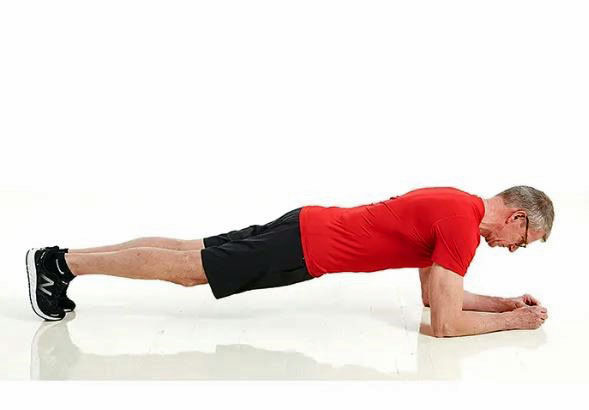 Figure 9: Plank
Figure 9: Plank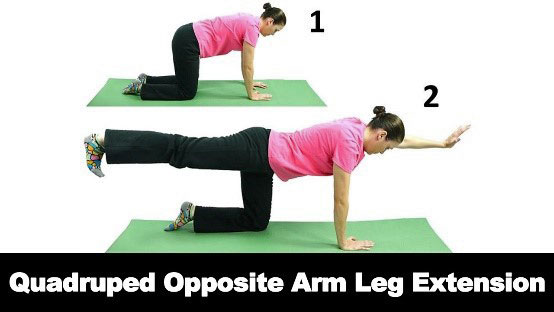 Figure 10: Alternate Arm/Leg extension
Figure 10: Alternate Arm/Leg extension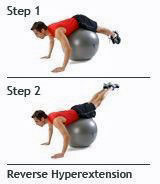 Figure 11: You don't have to hyperextend as he is doing - just raising from the floor to the horizontal is enough.
Figure 11: You don't have to hyperextend as he is doing - just raising from the floor to the horizontal is enough.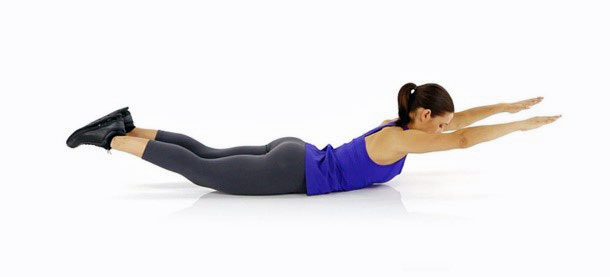 Figure 12: 'Superman'. You needn't lift arms - you can try lifting just your feet although the anatomy limits how much you can lift your feet - only an inch or two without bending your knees - but it's a start.
Figure 12: 'Superman'. You needn't lift arms - you can try lifting just your feet although the anatomy limits how much you can lift your feet - only an inch or two without bending your knees - but it's a start.If you don’t have a ball, you can start out on a flat comfortable surface. (Figure 12)
There are many others, and you should discuss this with your trainer, physical therapist, orthopedist, or some other health professional, if you have one. One thing you can do in addition to slowly increasing the repetitions is add light leg weights to figures #10 and #11.
There are certainly several others that focus on strengthening the low back muscles (back core). What about the neck?
The Neck
The front muscles of the neck which you can feel on either side if you tense your neck or turn your neck from side to side are already strong. You were born that way.
The same is not true of the back of the neck muscles that help to hold your head up and back; they are not that strong. Remember, most babies can't even lift their head up off the bed until 2-3 months of age.
And as we age, the muscles in the front of the neck reassert themselves - getting us ready for that final fetal farewell. How often do you hold your head back ready for attention (a military stance)? Probably never, except when your boss or your spouse…...
What about the pressure your head exerts on your spine as your head flexes forward?
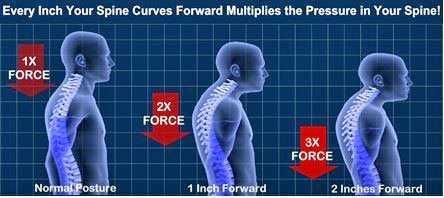 Figure 13: The downward pressure of your head on your spine
Figure 13: The downward pressure of your head on your spineIt increases up to three-fold. So, working on neck extension, like back extension, is definitely worth the effort, sailor.
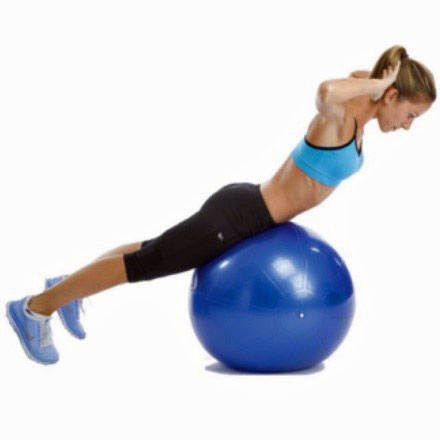 Figure 14: Neck extension on the ball. On a flat surface, see Figure 12
Figure 14: Neck extension on the ball. On a flat surface, see Figure 12Using the Swiss ball for neck extensions - coming all the way up from the bottom clearly engages the neck, upper back, and shoulders. But it also engages the lower back as well.
I personally do both neck and low back extension exercises on the Swiss ball (Figures 11 and 14) and have for years.
For cruising sailors, the Swiss ball can be easily deflated while cruising and pumped up again when moored or docked.
The other thing that you can do - and should do on a regular basis - is cervical range of motion. While there are many ways to really strengthen the low back muscles, it is more difficult to strengthen the neck muscles if you are of a certain age.
The cervical spine is just less forgiving. There are machines and harnesses which I recall trying in my early 40s but I gave them up as it was too painful. Concentrate on extensions and cervical range of motion.2
Cervical Range of Motion
There are 6 cardinal movements of cervical range of motion: side to side, up and down, and tilting to either shoulder. Here is what each of them looks like:
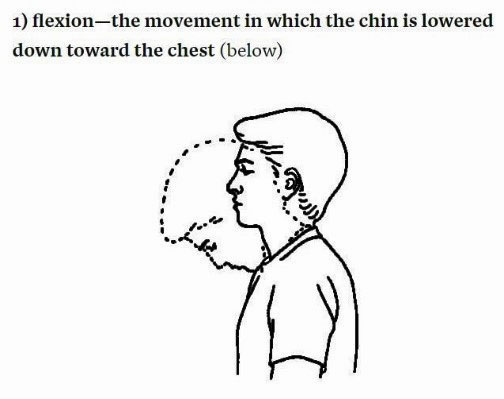
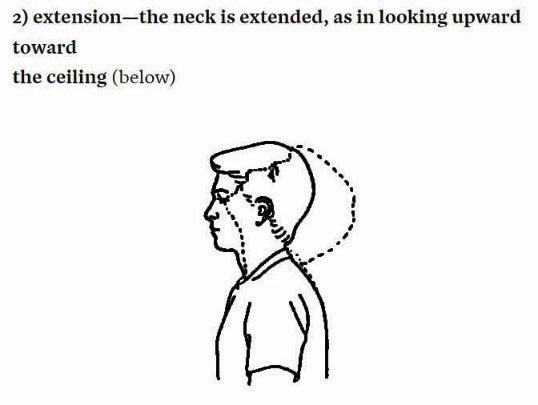
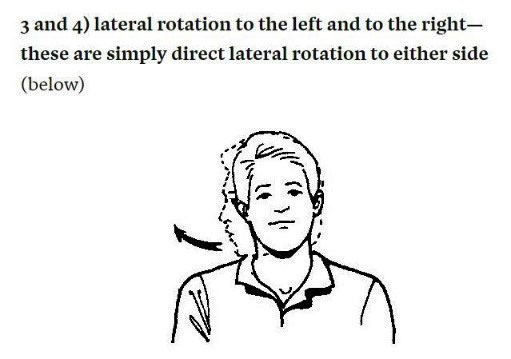
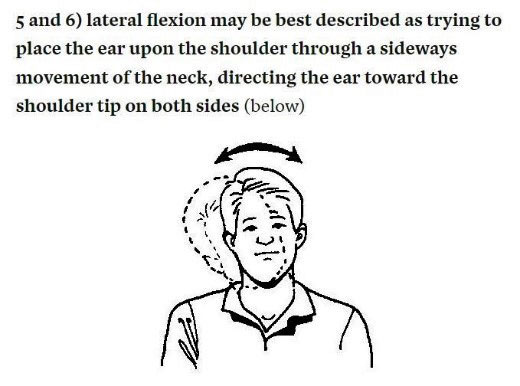 Figure 15: Cervical range of motion
Figure 15: Cervical range of motionThe key for us grisly types is to do them in slow motion, super slow motion. I will take 5 minutes to slowly complete all 6 movements.
My goal - and I believe your goal - is to go only as far as you can in any direction without pain and without hearing the snap, crackle, and pop as your joints and ligaments move through the range of motion. The slower you go the less sound you will hear.
Or, you could try something like this to strengthen your neck…….
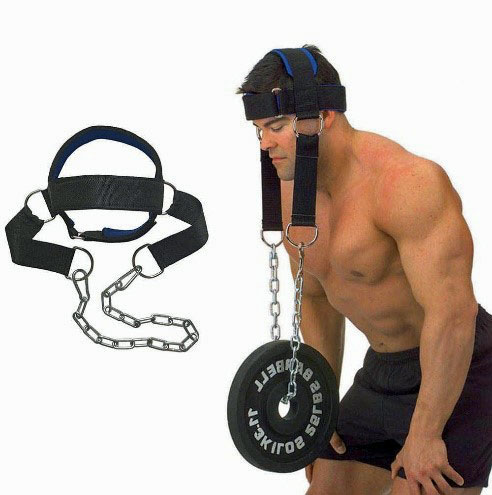 Figure 16: Harness and weight to strengthen the neck of a young adult.
Figure 16: Harness and weight to strengthen the neck of a young adult.Your choice - but only if you're his age!
Michael Martin Cohen M.D. July 2022
1We are not talking about acute disc herniation (slipped disc) which is a neurologic, often neurosurgical, problem.
2 And please do not allow chiropractors to crack your neck. Just don’t.
Recent Articles
-
Is Marine SSB Still Used?
Apr 15, 25 02:05 PM
You'll find the answer to this and other marine SSB-related questions right here... -
Is An SSB Marine Radio Installation Worth Having on Your Sailboat?
Apr 14, 25 02:31 PM
SSB marine radio is expensive to buy and install, but remains the bluewater sailors' favourite means of long-range communication, and here's why -
Correct VHF Radio Procedure: Your Questions Answered
Apr 14, 25 08:37 AM
Got a question about correct VHF radio procedure? Odds are you'll find your answer here...












